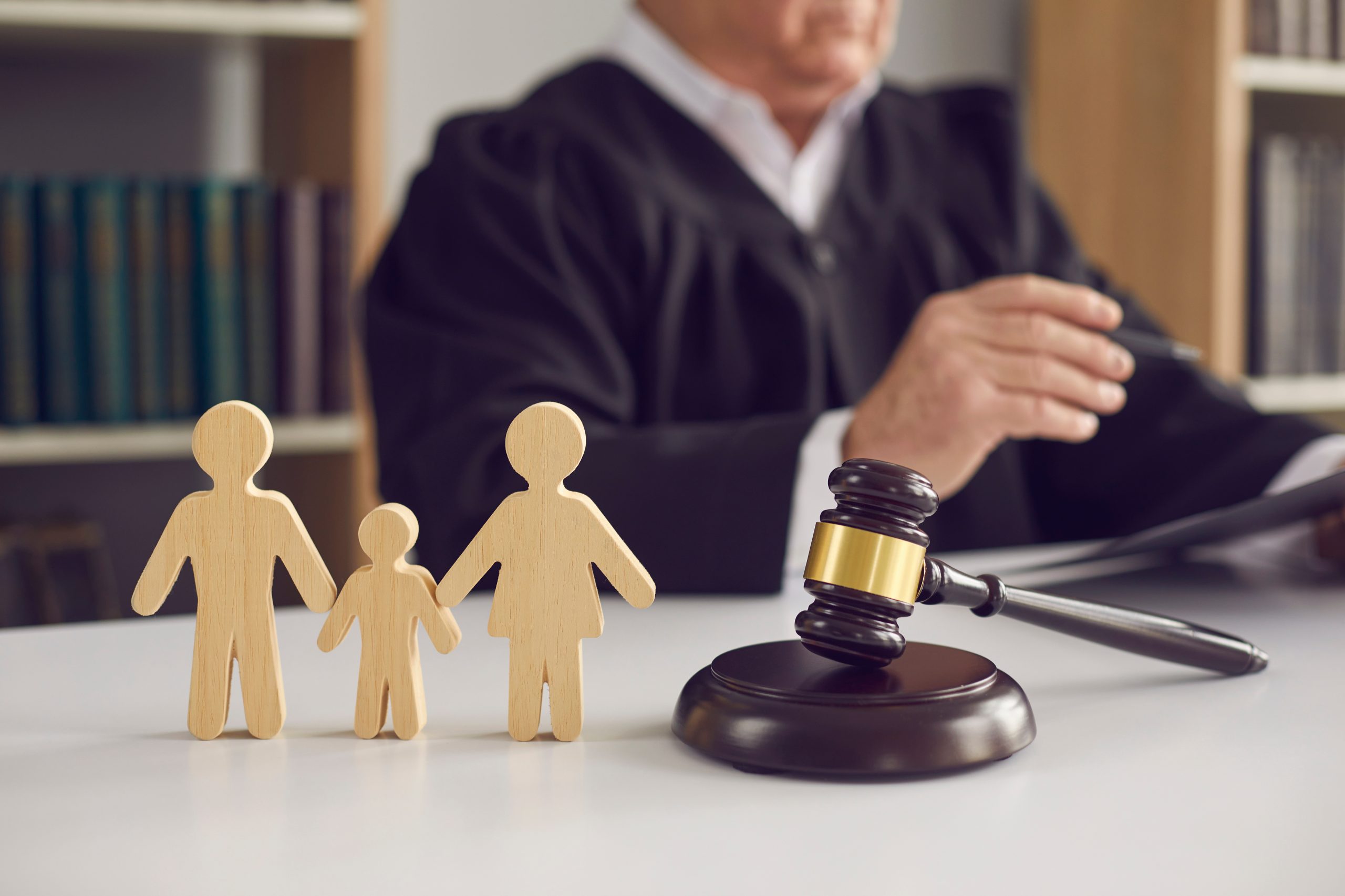The Legal Framework Surrounding Custody Modification
October 16, 2023 | Jason C. Brown
Few things in family court are more difficult than modifying custody. Though not impossible, the process can be daunting and require extensive legal legwork. Keep reading to find out more about the legal framework surrounding custody modification.
Modifying Custody
Custody modification involves multiple hearings and a four-pronged legal framework that has been in place for decades. The party seeking to modify must initially schedule a motion hearing and file the necessary papers with the district court. These factors are crucial:
- Whether there has been a substantial change in circumstance since the most recent custody order;
- Whether the best interest of the child is served by modifying custody;
- Whether the existing custodial parent’s home environment endangers the physical or emotional health of the child;
- Whether the harm caused by modification is outweighed by the benefit of the change
The moving parties’ allegations are to be accepted as true by the court. If those assumed facts rise to the level of endangerment, the court will make a preliminary determination that an evidentiary hearing is necessary to make a final decision on the matter. The court may opt to modify custody or parenting time on a temporary basis, pending the outcome at the final hearing.
If the court makes the preliminary finding that modification is appropriate, it will often appoint a guardian ad litem to represent the interests of the child. That guardian will meet with the child and each of the child’s parents to assess the situation and provide recommendations.
Protecting the Child
In some instances, a party will ask the court to compel a child to testify or sit for an interview with the judge. Those types of requests are rarely granted, as the law generally acts with caution in keeping children out of the courthouse.
Meanwhile, each parent prepares for the evidentiary hearing. An evidentiary hearing is essentially a shortened trial. Witnesses are called and cross examined, and exhibits are provided to the court. The evidentiary hearing typically takes place several months following the initial motion hearing.
Attention will be paid to the four criteria set forth above, with most of the emphasis resting on the question of whether the child is endangered. Endangerment can be difficult to prove, so evidence of actual harm to the child is necessary.
However, there are some situations in which the court will recognize that certain behaviors, in and of themselves, pose a sufficient threat of harm. Examples include driving under the influence with a child in the car or the sale of drugs out of the child’s residence.
Once the hearing takes place, the court has 90 days to issue a written decision. Judges tend to prioritize custody modification matters, given the sensitive nature of the dispute.
Aside from endangerment, the law also permits modification if a child has integrated into the home of the non-custodial parent with permission of the custodial parent. Most often, cases involving that scenario are settled out of court.
Rely on BGS
If you need help with a situation that involves custody modification for your child, rely on the family law attorneys at Barna, Guzy & Steffen. We are here to answer your questions and help you better understand the legal framework surrounding custody modification. Contact us today to learn more.


